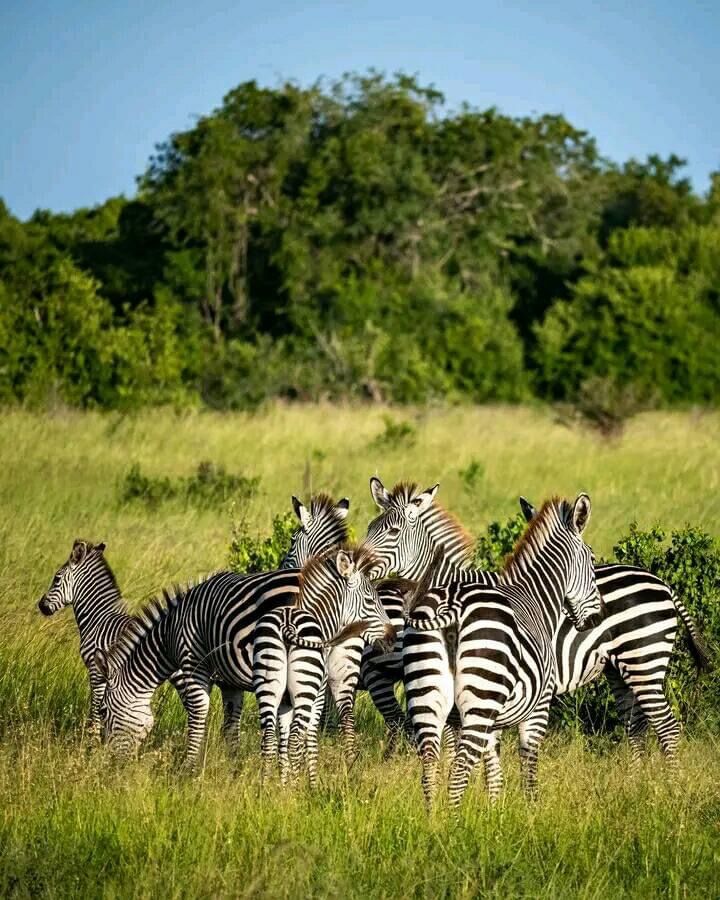MIKUMI NATIONAL PARK
Mikumi National Park is one of Tanzania’s best-kept safari secrets. Located near the bustling city of Dar es Salaam, it offers an authentic African wilderness experience without the large crowds found in other famous parks. This makes it a perfect destination for anyone seeking an unforgettable safari that is both accessible and rich in wildlife. From breathtaking landscapes to abundant game, Mikumi provides a complete safari experience that is ideal for both first-time visitors and seasoned explorers.
Where Is Mikumi National Park Located?
Mikumi National Park is located in southeastern Tanzania along the main highway that connects Dar es Salaam to Iringa. It lies just north of the vast Selous Game Reserve and forms part of the larger Nyerere-Mikumi ecosystem, which is one of the most important conservation corridors in East Africa. The park is approximately 283 kilometers from Dar es Salaam, which is a journey of about five to six hours by road. The closest urban center is Morogoro, which is roughly 107 kilometers away and provides essential services such as fuel stations, banks, and accommodation options.

What Makes Mikumi Special?
Mikumi is known for its peaceful atmosphere and rich biodiversity. Covering over 3,230 square kilometers, the park is home to a wide range of animals including elephants, lions, giraffes, zebras, buffaloes, wildebeests, and hippos. One of the park’s most iconic features is the Mkata floodplain. This open grassland resembles the Serengeti and is an excellent spot for viewing large herds and predators in action. Mikumi also attracts bird lovers with over 400 species recorded, including fish eagles, hornbills, and colorful bee-eaters.
Activities and Wildlife in Mikumi National Park
-
Game Drives
The highlight of any visit to Mikumi is a game drive through the expansive Mkata floodplain, a flat, open savannah where animals are easy to spot. During a typical drive, you may see herds of elephants, buffaloes, zebras, wildebeests, giraffes, and groups of impalas grazing peacefully. Lions are often seen resting under acacia trees or stalking prey in the early morning or late afternoon. The floodplain also supports hyenas and, occasionally, leopards.

-
Bird Watching
Mikumi is home to over 400 bird species, making it a rewarding destination for birdwatchers. The wetlands and woodland areas attract a variety of colorful and unique species such as the lilac-breasted roller, yellow-throated longclaw, bateleur eagle, and marabou stork. Early mornings and late afternoons are the best times to spot birds feeding, mating, or calling, especially during the green season when migratory species arrive.
-
Photography
For photographers, Mikumi offers classic African scenery with golden grasslands, ancient baobab trees, and stunning sunrise and sunset lighting. The open terrain makes it easy to photograph animals in action, whether it’s a giraffe stretching for leaves or a lion on the prowl. Wildlife is often seen close to the road, offering exceptional photo opportunities without the need for long lenses or professional gear.
Where to Stay in Mikumi
Mikumi National Park offers a range of accommodation options to suit every type of traveler, from luxury seekers to backpackers and nature enthusiasts.
-
Vuma Hills Tented Camp
Nestled in the hills overlooking the Mkata floodplain, this camp offers luxury tents with en-suite bathrooms, excellent service, and panoramic views. It’s ideal for travelers who want to enjoy nature in comfort.
-
Stanley’s Kopje
This elevated tented camp is known for its stunning location on a rocky outcrop. Guests enjoy uninterrupted views of the plains and nearby wildlife activity. It’s a great choice for photographers and honeymooners.
-
Tan-Swiss Lodge
Located just outside the park gate, Tan-Swiss offers mid-range rooms and bungalows. It is popular for its friendly service, clean rooms, and proximity to the park, making it a great base for self-drive safaris.
-
Budget Guesthouses in Mikumi Town
For budget-conscious travelers, several local guesthouses in Mikumi Town offer simple but clean accommodations. These are ideal for backpackers or Tanzanian residents looking for a quick weekend safari.
-
Camping Options
Designated camping areas are available within and around the park. These are perfect for adventurous travelers who want to experience the wild up close and don’t mind a rustic setup. Basic facilities are usually provided, and some campsites allow you to bring your own gear or rent it locally.
Best Time to Visit Mikumi
The best time to visit Mikumi is during the dry season from June to October, when wildlife gathers near water sources and vegetation is sparse, making animals easier to spot. The green season (November to March) is also beautiful, especially for birdwatching and photography, although wildlife may be more scattered. The rainy season (April–May) can make some roads impassable.
How to Get to Mikumi
Mikumi is easily reached by road from Dar es Salaam, with a 4–5 hour drive along the Morogoro highway. Private transfers, buses, and guided tours are available. For a quicker option, charter flights land at Mikumi Airstrip, especially for those combining Mikumi with other parks in southern Tanzania.









